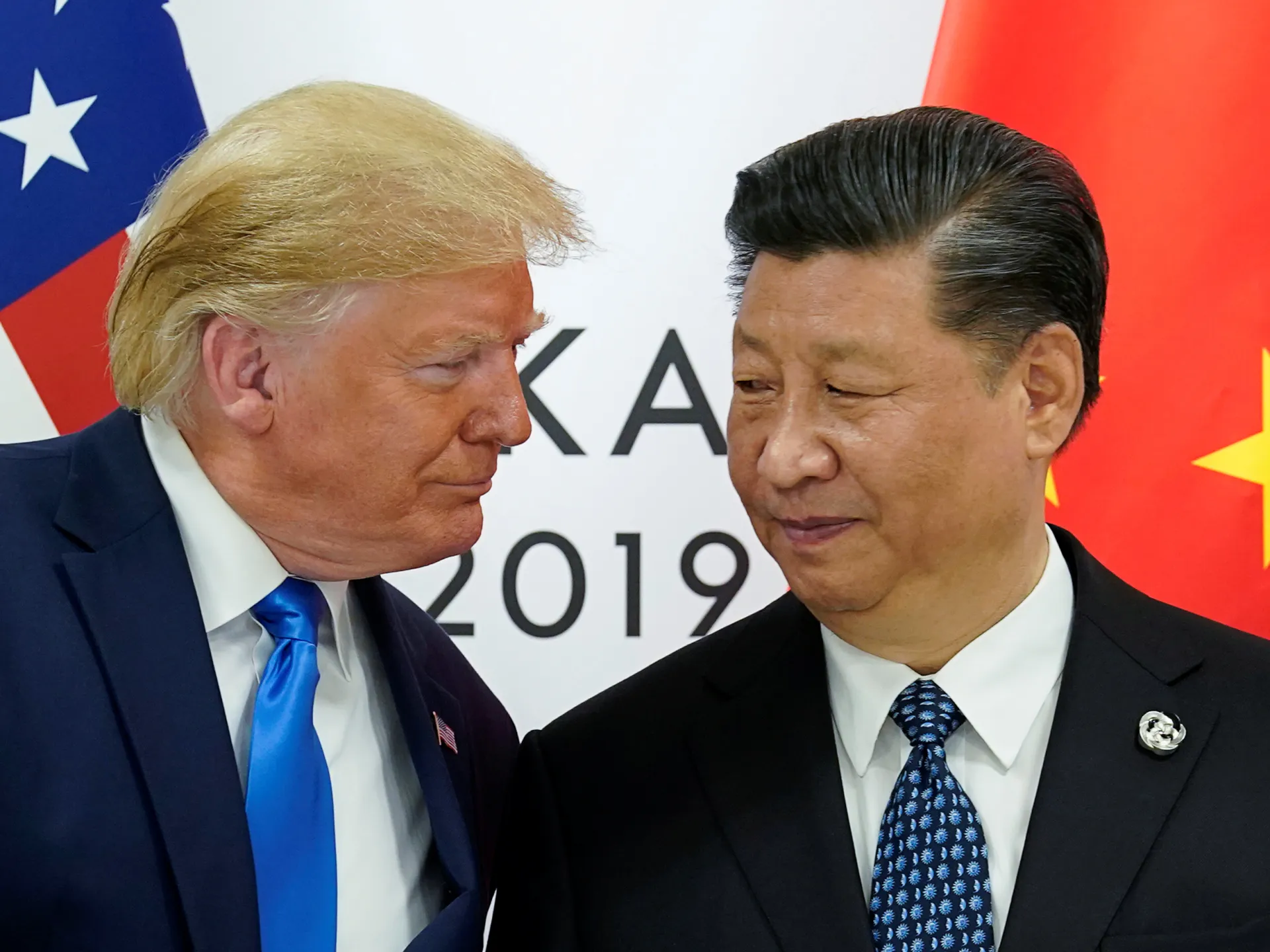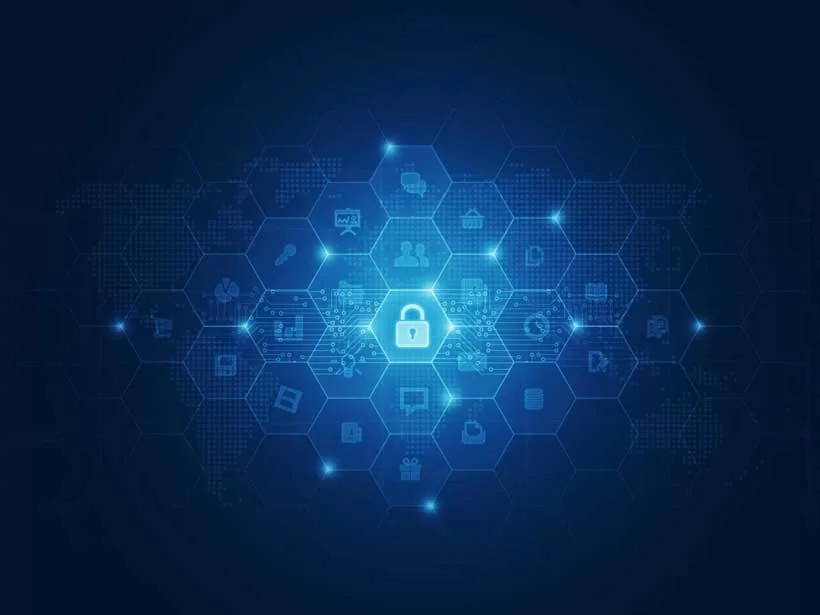In November 2023, Canberra launched the 2023–2030 Cyber Security Strategy, pledging A$587 million, and six integrated “Cyber Shields” to make Australia the world’s most cyber-secure nation by 2030. Yet continuous compliance, the muscle behind that ambition, is still scarce on the ground. Meanwhile, the Australian Signals Directorate logged nearly 94,000 cyber-crime reports in 2022–23—roughly one every six minutes. Strategy is set; the reality check is already here.
Australia’s 2030 vision and six Cyber Shields
On 22 November 2023, the Albanese Government released the 2023–2030 Cyber Security Strategy, pledging A$586.9 million in new funding to make Australia “the world’s most cyber-secure nation” by 2030. Rather than a single law, the Strategy outlines six interlocking Cyber Shields that protect businesses, citizens and critical systems through multiple layers of defence:
- Shield 1 – strong businesses and citizens. Free cyber-health checks for small firms, no-fault ransomware reporting and a national Digital ID program to reduce identity theft.
- Shield 2 – safe technology. Mandatory security standards for smart devices and software, plus a consumer label so buyers can spot insecure products at a glance.
- Shield 3 – world-class threat sharing and blocking. Near-real-time exchange of indicators so one victim’s telemetry helps the next potential target.
- Shield 4 – protected critical infrastructure. Tighter controls and 24/7 monitoring keep hospitals, water plants and energy grids online even under attack.
- Shield 5 – sovereign capabilities. Programs designed to expand Australia’s cyber workforce and grow home-grown security expertise.
- Shield 6 – resilient region and global leadership. Support for neighbouring countries and leadership in global cyber-governance forums.
From Horizon 1 to Horizon 3 – the road map in plain English
A strategy without a timetable is just a wish. Canberra solved the problem by slicing the 2030 Cyber Security Strategy into three Horizons, each with clear calendar bookends and signature actions.
Horizon 1 (2023–2025)
Horizon 1 is already under way. It acts as cyber triage: free security health checks for small businesses, no-fault ransomware reporting and draft laws that reduce incident-reporting red tape. The goal is to raise every organisation to a reliable security baseline before the next breach slips through.
Horizon 2 (2026–2028)
Horizon 2 moves from patching gaps to scaling strength. New funding expands the cyber workforce, automation reaches more industries and threat-sharing platforms become daily reflexes, not post-mortems.
Horizon 3 (2029–2030)
Horizon 3 targets global leadership. By this stage Australia plans to export cyber expertise, applying AI-driven, adaptive defences to spot novel attacks before they reach the news. At that point the six Cyber Shields will behave less like a program and more like a shared environment we all rely on.
Continuous compliance must keep pace with these Horizons. Act now or risk playing catch-up for the rest of the decade. Align today, and you move with the government’s program, not against it, all the way to 2030.
Gaps exposed – Essential Eight and beyond
Seven years after the Essential Eight launched, the national scorecard remains bleak. An ADAPT survey of 84 Australian organisations, including 29 classed as critical infrastructure, found that more than 50 percent sit below Maturity Level 2 across the eight controls. Patch cycles slip, multi-factor authentication stalls at pilot stage and backups often fail during a ransomware hit.
Attackers advance faster than defences. The Australian Signals Directorate logged nearly 94,000 cyber-crime reports in 2022-23, about one every six minutes, and the average loss for a small business reached A$46,000. A single missed patch or mis-scoped admin role can drain a marketing budget overnight, so “good enough” compliance is anything but.
The talent shortage widens the gap. CISOs cite tight budgets, legacy tech and a hiring market where experienced security engineers are scarce and costly. Under that stress, annual audits feel like survival mode: tick the box, file the binder, hope nothing drifts before next year.
Yet drift is what happens. Controls pass in July, decay in August and fail by September while the compliance badge on the website still shines. To close the distance between Canberra’s 2030 vision and the server rooms where breaches begin, organisations must treat continuous compliance as a living practice, not a paperwork chore.
Incident reporting and third-party risks
A breach rarely stays within your own walls. Data moves through cloud hosts, payroll vendors and SaaS pipelines, so one weak link can expose dozens of businesses in a single hit. The Office of the Australian Information Commissioner recorded 483 data-breach notifications in the second half of 2023, up 19 percent on the previous six months, and noted a high number of multi-party breaches caused by compromised cloud or software providers.
Regulators have tightened expectations in response. Under the Notifiable Data Breaches scheme, an organisation has 30 days to investigate a suspected incident and must alert affected individuals and the OAIC “as soon as practicable” once a breach is confirmed. Treasury has already signalled support for even shorter windows, matching global norms such as the EU 72-hour rule.
Speed is only half the battle; visibility is the other. Many firms still search for the right incident plan, map system ownership and decide who speaks to the press while the clock runs. Add third-party risk and complexity multiplies: a contractor’s misconfigured S3 bucket can undo a year of hardening efforts, yet you may not hear about it until journalists call.
This twin pressure—faster disclosure and deeper supply-chain scrutiny—turns compliance from paperwork into a live operational discipline. Continuous compliance monitoring spots drift the moment it appears, giving security teams time to close gaps before regulators or attackers arrive.
The pitfall of “tick-the-box” security
Annual audits once felt safe: an external assessor poked around, wrote a glossy report and everyone went back to business. Attackers, however, do not follow audit calendars. They probe every hour, waiting for the moment a patch lags or a password slips.
Regulators see the gap. In its first CPS 234 stocktake of around 24 percent of regulated entities, the Australian Prudential Regulation Authority found that inadequate control-testing programs and incident-response plans were among the most common weaknesses identified. Controls may pass in June, drift in July and fail by August, yet the compliance badge on your website still flashes proudly.
Manual evidence collection worsens the lag. Teams chase screenshots, export CSVs and ask colleagues for logs. By the time the binder closes, half the evidence is stale. Meanwhile adversaries automate everything from phishing kits to privilege escalation.
People feel the strain first. Engineers sacrifice weekends preparing for auditors instead of tuning detection pipelines. Budgets rise, but most of the spend funds paperwork rather than prevention. The result is security theatre, not real defence.
If the Strategy calls for continuous uplift, point-in-time “tick-the-box” security cannot keep pace. The next section shows how continuous compliance automation transforms that lagging indicator into a live early-warning system.
From annual audit to continuous assurance
Platforms offering continuous GRC automate control monitoring and evidence collection, feeding live telemetry into a dashboard that alerts you the instant a critical patch slips or a new admin account appears in production. Instead of scrambling for screenshots once a year, your controls report their health every day through emerging concepts like cyber deterrence and digital resilience, powered by live integrations from Vanta with AWS, Okta, and dozens of other systems. Evidence no longer sits in email threads; it streams straight from cloud consoles, identity providers, and endpoint agents into a unified system of record. Organizations using Vanta automate evidence collection for frameworks like SOC 2 and ISO 27001, shortening audit prep from months to weeks. Auditors view the same live feed on demand, regulators receive fresher data, and security teams reclaim weeks once lost to manual checklists.
The change sounds subtle, yet it reshapes the workflow. Evidence no longer sits in email threads; it flows straight from cloud logs, identity stores and endpoint agents into a single system of record. One automation platform’s customer, Solidroad, used this always-on pipeline to complete ISO 27001 certification in under three months. Auditors view the same feed on demand, regulators receive fresher data and security teams reclaim weeks once lost to manual checklists.
Real-time telemetry also catches compliance drift the moment it begins. A mis-scoped IAM policy triggers an alert before it turns into a breach headline, turning assurance into a feedback loop rather than a rear-view mirror.
The benefits cascade: incident responders work from live asset inventories, risk managers track accurate scores and board decks condense weeks of spreadsheet work into a single click. In short, continuous assurance lets your security posture evolve as fast as the threat landscape, matching the tempo Canberra’s 2030 cyber vision demands.
Manual versus automated – spot the difference
Manual compliance is a marathon of screenshots, spreadsheets and pleading with busy colleagues for logs. Preparing for ISO 27001 can stretch beyond a year and swallow five-figure consultant fees; however, organisations pursuing multi-site certification have slashed audit spend by up to 40 percent using eight proven tactics. SOC 2 is even hungrier: one brokerage needed 24 months and well over six figures in staff hours and audit costs to reach Type II the old-fashioned way.
Automation reverses the burden. Evidence flows from cloud consoles and IAM stores, and control drift triggers an alert instead of a line item for next quarter. Vendor case studies claim that companies like Newfront Insurance and Abmatic AI have significantly reduced certification timelines
The numbers speak for themselves. What once consumed twelve to twenty-four months now fits inside a single quarter, or even a single sprint, when controls test themselves and auditors can review evidence in real time. Because monitoring never pauses, the certificate you earn in March still matches reality in May.
Building trust and cutting costs
Numbers persuade where promises cannot. Newfront Insurance moved from zero to SOC 2 Type II readiness in 10 months—about half the usual timeline—and saved well over six figures in audit expenses by automating evidence collection. Faster certification opened doors to enterprise clients who refuse to sign a contract without a current SOC 2, turning compliance into a direct revenue lever.
Bynder, a global SaaS provider, reports a similar result. After connecting its cloud stack to a continuous-monitoring platform, the security team cut annual compliance work by 75 percent—about 375 hours a year—freeing engineers to build new features instead of screenshots. Trust, once a milestone, became a visible product feature: prospects now browse Bynder’s live trust centre rather than send security questionnaires.
The gains extend beyond software. A mid-size financial-services firm reclaimed more than 20 hours each month by automating regulatory change tracking with AI workflows, eliminating missed updates that once risked five-figure penalties. Multiply that reclaimed time across a year and you reveal a hidden head count previously trapped in spreadsheet drudgery.
The pattern is clear. Continuous compliance not only satisfies auditors; it frees budget, accelerates sales and signals reliability to partners who judge vendors by the freshness of their controls. In a market focused on Canberra’s 2030 cyber vision, delivering trust in real time becomes a competitive edge.
Supporting Strategy goals
The six Cyber Shields are only as strong as the telemetry that proves they are working, and continuous compliance supplies that evidence.
- Shield 1 – strong businesses and citizens. Canberra’s new cyber-health check program offers small firms free assessments, yet those checks still need live data. Automated monitoring flags an outdated point-of-sale terminal before it becomes a ransomware story.
- Shield 2 – safe technology. Draft device-security standards will push vendors to ship safer code; automated policy scans catch a misconfigured infrastructure-as-code template long before it reaches production, turning compliance into a secure-by-design gate.
- Shield 3 – world-class threat sharing. Real-time compliance feeds stream fresh indicators—from unpatched libraries to anomalous log-ins—into national sharing platforms so one victim’s telemetry protects the next target.
- Shield 4 – protected critical infrastructure. Hospitals and power grids cannot pause for quarterly audits. Continuous assurance gives regulators a 24/7 heartbeat on essential systems, meeting CPS 234 obligations without manual effort.
- Shield 5 – sovereign capability. Automation does not replace experts; it frees them. Every hour recovered from screenshot hunting is an hour engineers can spend mentoring graduates or researching post-quantum risks, the talent pipeline Shield 5 intends to build.
- Shield 6 – resilient region and global leadership. When Australia can show near-real-time compliance on the world stage, it moves from policy advocate to living proof, strengthening its role in Indo-Pacific cyber-capacity programs that already hold A$129.7 million in funding.
Switching from annual check-ups to continuous vital signs does more than simplify audits; it animates each Shield with the fast feedback loop the 2030 vision requires.
Next steps for organisations
Big visions only matter when they appear on tomorrow’s to-do list. Here is a pragmatic sequence to launch continuous compliance without disrupting daily operations.
- Map reality. More than 53 percent of IT teams admit they lack complete visibility into their technology assets. Pull a live inventory of every system that touches customer or operational data; you cannot monitor what you cannot see.
- Pick a platform that snaps into your stack. Choose tools with native connectors for public-cloud accounts, identity providers and ticketing systems. Less custom plumbing means faster time to value and fewer integration headaches.
- Switch on continuous monitoring for one high-impact control. Patch latency or MFA coverage works well. A visible quick win builds executive confidence and secures funding for a broader rollout.
- Automate evidence collection for your primary framework, such as Essential Eight, ISO 27001 or SOC 2. Redirect the hours you save from screenshot wrangling to closing real security gaps.
- Bake insights into the business cadence. Weekly stand-ups review new alerts, monthly risk councils track trend-lines and board packs pull live metrics instead of last-quarter charts. When compliance becomes routine rather than a scramble, every Horizon in the Cyber Security Strategy comes within reach.
Conclusion
Continuous compliance is no longer optional; it is the operational rhythm that keeps pace with Canberra’s 2030 cyber vision. Organisations that act now will not just meet regulatory demands—they will unlock efficiency, build trust and gain a competitive edge throughout the decade ahead.




